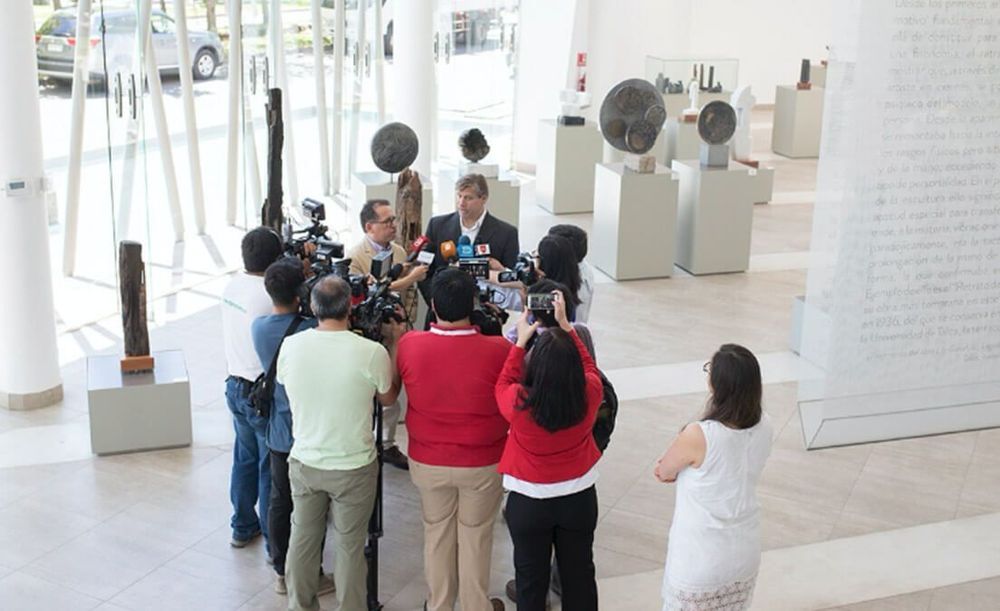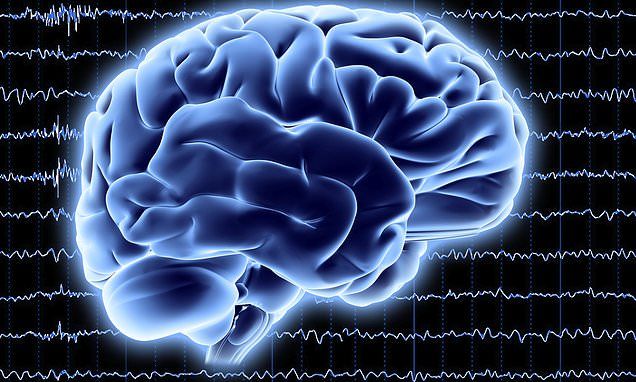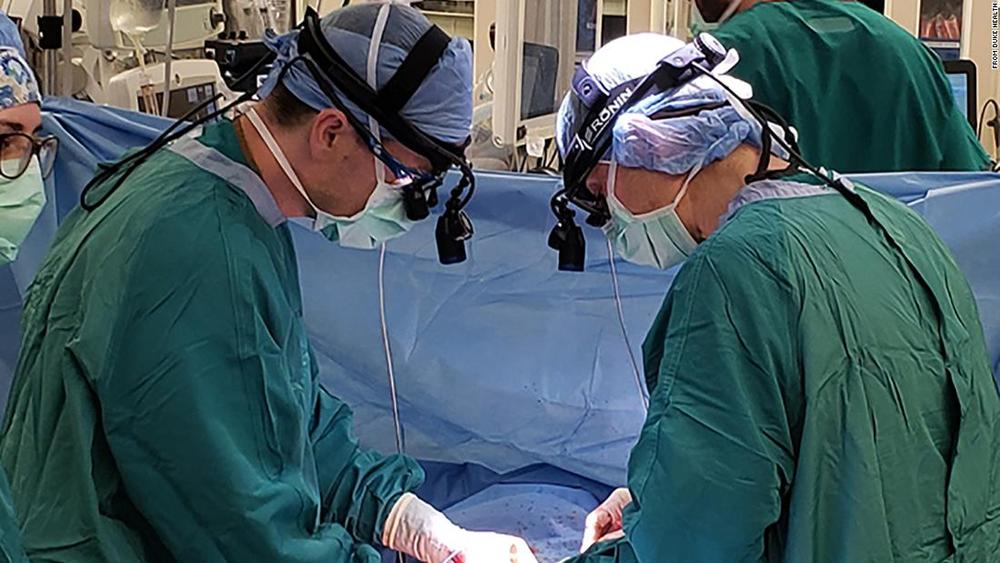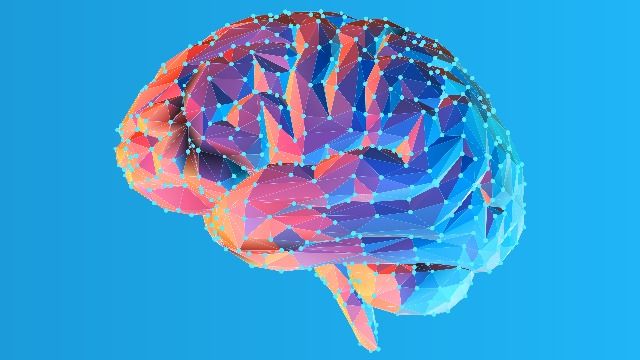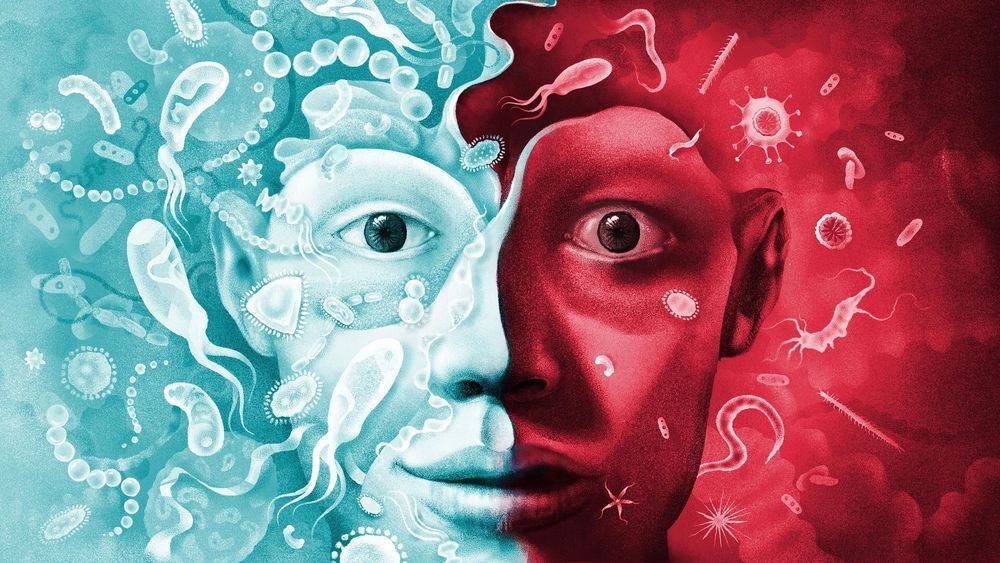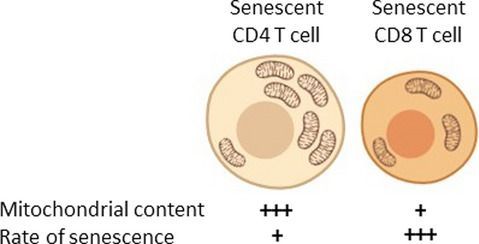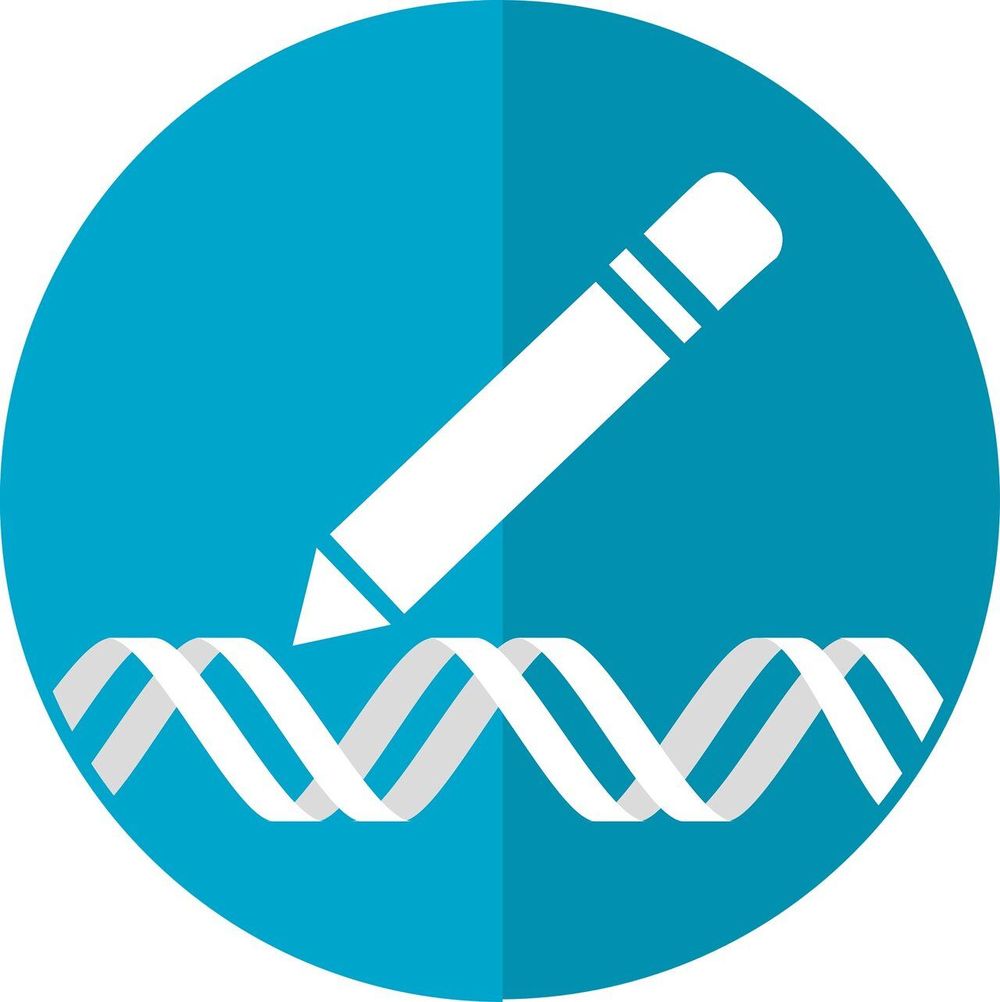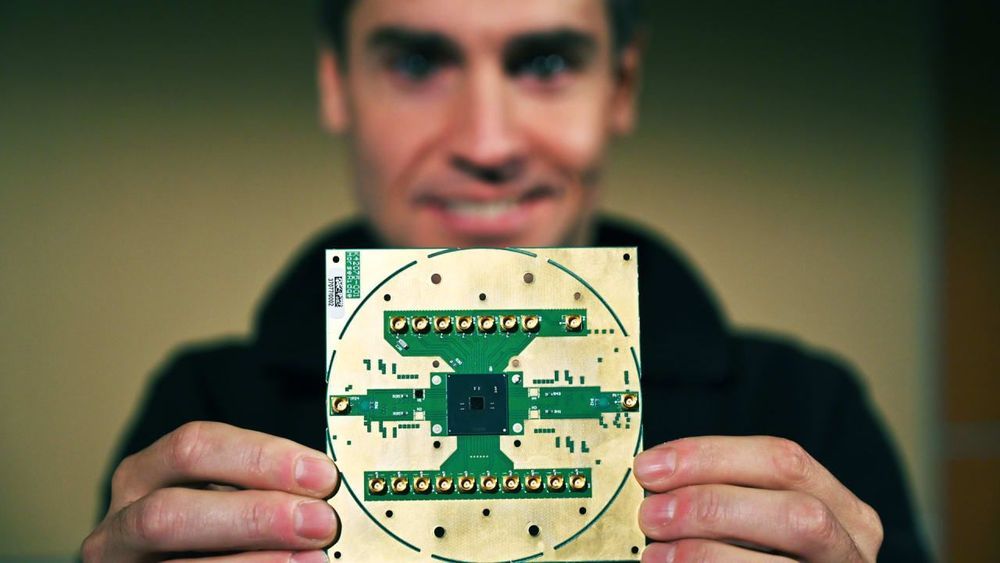Dec 11, 2019
Exclusive: Interview with US presidential candidate
Posted by Paul Battista in categories: economics, genetics, geopolitics, life extension, policy, robotics/AI, transhumanism
Last week, the transhumanist activist Zoltan Istvan announced his candidacy for President of the United States in next year’s elections. The writer, humanitarian and outspoken advocate of radical science is no stranger to the issues surrounding Longevity, and has spoken widely on subjects including AI, genetic editing, technology policy, and futurism.
In 2016, Istvan ran as an independent presidential candidate and travelled across the United States, spreading his message from a coffin-shaped bus, known as the “Immortality Bus.” This time he’s on the ballot, running against Donald Trump as a candidate for the Republican party in next year’s primaries. Things are a bit more serious this time.
Among his key policies, Istvan includes transhumanism, universal basic income and the need to beat China in the global innovation race – an issue we addressed in our Jamie Metzl interview. We spoke to him to find out more about his views on the Longevity sector.
